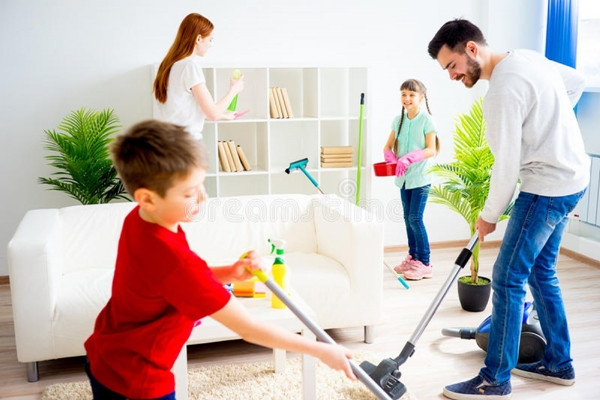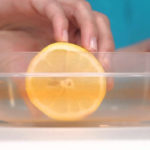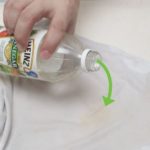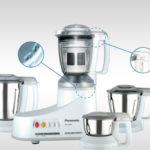Dust sticks to surfaces, making the house look dirty and reducing air quality, affecting the overall health of your family.
Why does your house still get dusty even after cleaning?
Dust is made up of tiny particles that are present everywhere in the air, invisible to the naked eye. They can easily enter the body through the respiratory system, causing dangerous diseases and affecting human health.
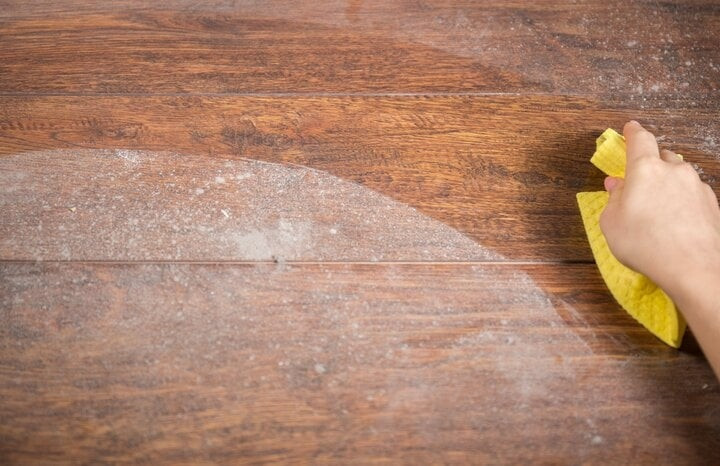
Dust comes from various sources: Pet hair, hair, fabric fibers, carpet dust, construction materials, food particles, dead human skin cells, insect carcasses and waste, particulate matter from outside the house…
It can be seen that many factors that cause dust originate from inside the house rather than outside, which is why your house still gets dusty even after cleaning, and even if you close the doors, dust still appears.
Dust particles will never truly disappear no matter how hard you try to clean. You also can’t completely eliminate dust by dusting and vacuuming, because dust particles still float in the air when we disturb them by sweeping.
TS Sonia Cajigal, an allergy and immunology expert at the University of Kansas Medical Center, USA, explained on the Realsimple page: “There are quite a few hidden sources of dust in every household. Dust accumulation in your house is often the result of poor air quality. The combination of it and infrequent cleaning can cause dust and particulate matter to easily collect in certain areas of your home.
Dust mites live in mattresses, pillows, and upholstery. So, if you don’t have allergen-proof covers for your mattress and pillows, you may consider buying them as they can prevent new dust mites from entering these areas and causing discomfort for allergy and asthma sufferers.”
TS Shyam Joshi, Chief of Allergies and Immunology at the Oregon Health and Science University, USA, said: “Curtains are a common dust culprit. You should wash your curtains regularly. Install machine-washable curtains, as they are often easy to clean and affordable.”
In addition, dogs, cats, and other pets in the house are also a major source of dust. Keeping them away from areas that often accumulate dust can reduce dust levels.”
How to reduce dust in the house?
Although dust cannot be completely eliminated, the following measures will help minimize the accumulation of dust in your home.
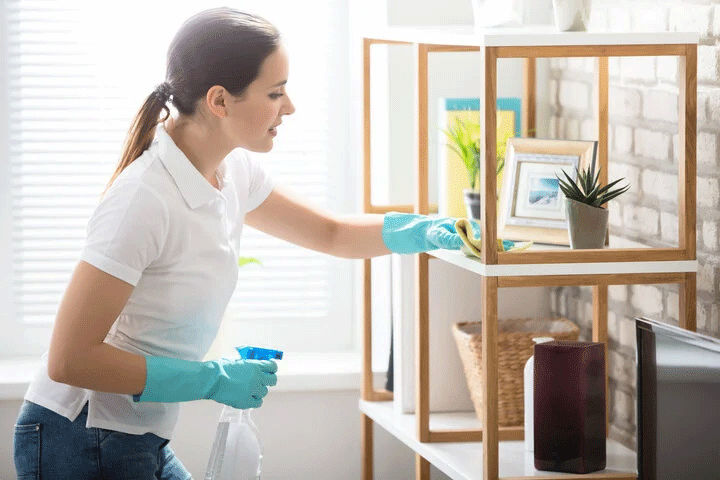
Close windows
To prevent outdoor dust from entering your home, close your windows. This solution is especially important if you live near a busy road with heavy traffic. If you want to open the windows, choose times when traffic is less crowded, or just crack them open.
Minimize clutter
When there is too much clutter, it becomes more difficult to clean the house, and there are more nooks and crannies for dust to accumulate; not to mention that the clutter itself is also a dust dispenser or a surface that collects dust.
A minimalist lifestyle can reduce dust and cleaning time. Store unused items and only keep commonly used items to avoid dust accumulation.
Limit soft furnishings
Soft furnishings such as cushions, carpets… add beauty and elegance to your home but also act as a strong “magnet” for attracting dust. If they are not cleaned regularly, dust will always linger in the living space of the family, affecting air quality.
To solve this problem, you should wash them regularly or vacuum them daily to prevent dust from accumulating.
Balance indoor humidity
Balancing humidity is also a way to reduce dust. You should check the humidity in your home; the ideal figure is 45% to 50%. Low humidity causes dust to cling more and longer to surfaces.
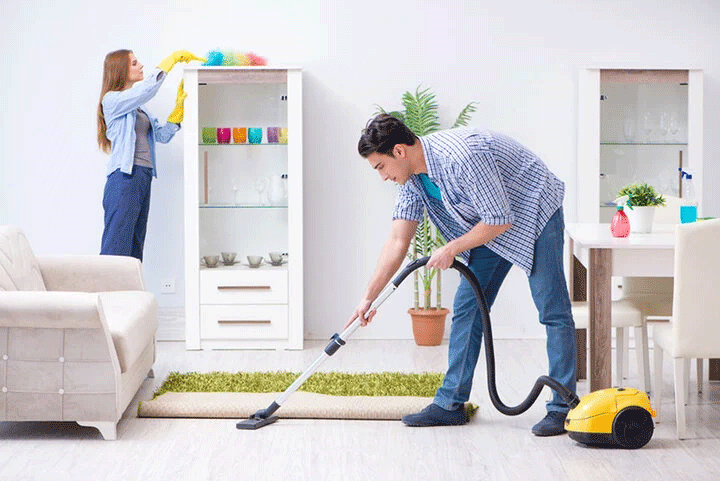
Wash bed sheets and store clothes in airtight containers
The bedroom is usually the most dusty place in the house because it has a bed, mattress, pillows, blankets, and lots of clothes. Dust will stick to these objects and spread into the air. It’s best to change and wash your bed sheets every week and store clothes in sealed containers to prevent clothing fibers from spreading in the room.
Pay attention to commonly dusty areas
When cleaning the house, pay attention to areas that are not often cleaned and are prone to dust accumulation such as: Electronic devices (including ceiling fans, floor fans, lighting fixtures, and air conditioners), high flat surfaces (such as the tops of shelves), hidden nooks and crannies (such as behind curtains, under furniture, between sofa seats, window fixtures).
Invest in a vacuum cleaner
Using a vacuum cleaner to clean is more effective than regular dusting. Handheld cordless vacuum cleaners are more flexible as you can clean hard-to-reach nooks and crannies; and automatic vacuum cleaners (robot vacuums) provide convenience.
Invest in a device that you find most beneficial for your home. Choose ones with HEPA filters to remove tiny dust particles and other allergens.
Mop the floor after vacuuming
After vacuuming, mop the floor to remove any dust particles that were not collected during the vacuuming process.
Use an air purifier
Running an air purifier will keep your home less dusty. Make sure that the air purifier is large enough to fit the room size.
In addition, you should learn about the power of the air purifier to ensure that the Clean Air Delivery Rate (CADR) is suitable for the area where you place the machine.
Clean from top to bottom, do not use a dry cloth to dust
Instead of using a dry cloth to dust and spreading dust around, use a damp cloth. Clean from top to bottom – start from higher objects and then move downward so that you don’t have to dust twice.
According to VOV

Tips for cleaning the house in 15 minutes
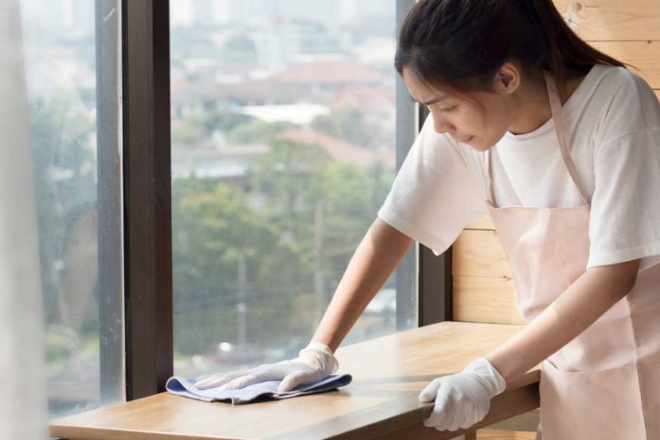
4 cleaning hacks that can save you money
